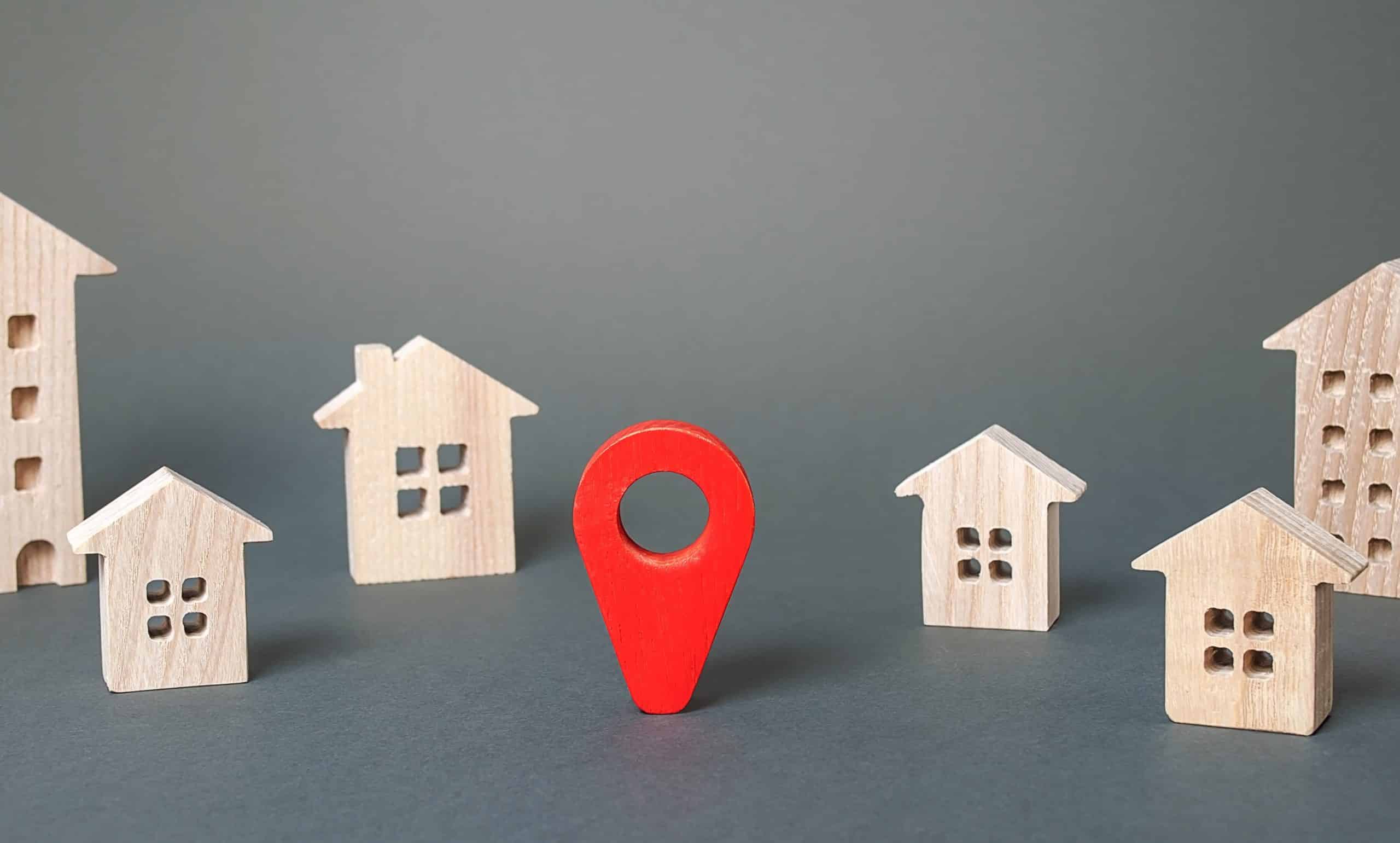As we face the challenges of climate change and rapid urbanisation, the concept of green infrastructure has become a vital part of urban planning and design. Green infrastructure refers to the network of natural and semi-natural areas that contribute to environmental sustainability, water management, climate mitigation, and contribute to the improvement of air quality.
However, incorporating green infrastructure in urban redevelopment poses unique challenges due to numerous factors such as land availability, cost, and policy constraints. In this article, we will delve into the complexities of integrating green infrastructure in urban areas, its potential benefits and the possible solutions to these challenges.
Sujet a lire : How Can Landowners in the UK Benefit from Renewable Energy Lease Agreements?
Understanding Green Infrastructure
Green infrastructure is a term that describes the interconnected network of green spaces and natural areas, including parks, gardens, green roofs, street trees, and stormwater management systems. These components function together to provide ecosystem services, such as stormwater management, climate regulation, and enhanced biodiversity. Green infrastructure also contributes significantly to the quality of urban life, offering recreational opportunities, aesthetic benefits and improving overall public health.
Yet, despite its apparent benefits, the integration of green infrastructure into urban redevelopment remains a complex undertaking. A combination of challenges related to planning, design, and implementation often hinder progress.
Avez-vous vu cela : What Are the Architectural Design Considerations for Flood-Resistant Buildings?
Planning and Design Challenges
The initial planning and design stages are critical for the successful implementation of green infrastructure. However, it is often during these stages that the first challenges arise.
Urban areas are typically characterized by their limited available land. This means that urban planners and designers must balance the need for green infrastructure with other competing land uses, including housing, commercial development, and transportation. Furthermore, the existing infrastructure and built environment may not always be conducive to the inclusion of green spaces.
Designing green infrastructure also requires a holistic understanding of the local environment and climate. This includes knowledge of local flora and fauna, soil conditions, and rainfall patterns. Designing without this understanding can lead to green infrastructure that is poorly adapted to the local environment and fails to provide the intended benefits.
Financial and Policy Challenges
Incorporating green infrastructure into urban redevelopment also comes with significant financial challenges. Although the long-term benefits of green infrastructure can outweigh the initial costs, these up-front costs can be a significant barrier.
Moreover, the benefits of green infrastructure, such as improved air and water quality and climate regulation, are often public goods. This means that while society as a whole benefits, individual property owners or developers may not see a direct financial return on their investment. This can make it difficult for private entities to justify the required expenditure.
Policy challenges also play a role. Existing planning and development regulations may not support the incorporation of green infrastructure. For example, planning codes or zoning laws may not allow for the inclusion of green spaces in certain areas, or may not recognize the value of green infrastructure.
Management and Maintenance Challenges
Once green infrastructure is established, ongoing management and maintenance are necessary to ensure its long-term functionality and success.
Managing green infrastructure can be particularly challenging in urban settings where there are multiple stakeholders involved. These can include various local government departments, private property owners, and community groups. Coordinating these stakeholders and their varied interests can be complex and time-consuming.
Similarly, maintaining green infrastructure can require specialist knowledge and skills. For example, managing stormwater systems or native plantings may need specific horticultural or engineering knowledge. This need for specialist skills can increase the cost and complexity of maintaining green infrastructure.
The Role of Technology in Green Infrastructure
Despite these challenges, advancements in technology and data management open new possibilities for the implementation of green infrastructure. Platforms such as Google Scholar and CrossRef provide access to vast amounts of research and best practices on green infrastructure planning, design, and management.
Furthermore, advancements in Geographic Information System (GIS) technology can assist urban planners and designers in identifying suitable sites for green infrastructure, modelling potential impacts, and monitoring established sites.
Digital tools can also assist with the management and maintenance of green infrastructure. For example, mobile applications can allow for real-time monitoring and reporting of issues, while data management systems can help coordinate multiple stakeholders and track maintenance activities.
The Environmental Protection Agency (EPA) in the United States provides a wealth of resources on green infrastructure, including guidance documents, case studies, and technical resources. These resources can be invaluable for urban planners, designers, and managers looking to incorporate green infrastructure into urban redevelopment.
As urban areas continue to grow and evolve, the integration of green infrastructure will become increasingly important. Despite the challenges, the potential benefits to environmental sustainability, public health, and urban livability make it a crucial component of future urban redevelopment. By harnessing the power of technology and learning from best practices, urban planners and designers can overcome these challenges and successfully incorporate green infrastructure into our cities.
Incorporating Green Infrastructure: The Path Forward
As we’ve already established, integrating green infrastructure into urban redevelopment is far from being a straightforward process. The complex nature of urban areas, coupled with the various challenges posed by planning, design, financial, policy, and maintenance aspects, make it a daunting task. However, these challenges are not insurmountable. Several potential solutions and strategies can be employed to ease the integration of green infrastructure into urban areas.
Proactive planning and design that take into consideration the local environment and climate can help overcome the initial hurdles. Engaging local communities in the decision-making process can also help create a sense of ownership and responsibility, making the implementation process smoother. It’s a way of ensuring that the green infrastructure is not viewed as an imposition, but as a beneficial addition to the community.
Addressing financial and policy challenges would require concerted efforts from both the public and private sectors. Government subsidies and incentives can help offset the initial costs of green infrastructure projects, making them more attractive to private entities. Changes in policy and planning regulations can further encourage the integration of green infrastructure into urban redevelopment.
To tackle the management and maintenance challenges, it would be beneficial to invest in capacity building and training programs. These programs can equip individuals and communities with the necessary skills to maintain their local green infrastructure. Technology can also be leveraged to streamline the management and maintenance processes.
Conclusion: Embracing a Green Future
In conclusion, the challenges associated with incorporating green infrastructure in urban redevelopment are complex but surmountable. The need for a sustainable urban future in the face of climate change makes it imperative for us to explore and implement innovative solutions.
The benefits of green infrastructure extend beyond environmental sustainability. They contribute to stormwater management, enhance water quality, provide recreational spaces, and improve public health. All these factors combined make green infrastructure an essential component of any urban landscape.
Advancements in technology, such as Google Scholar and CrossRef, have made it easier to access information on best infrastructure practices. They’ve provided us with a wealth of resources that can guide us on the path to creating more sustainable urban areas. The use of Geographic Information System (GIS) technology, in particular, has revolutionized infrastructure planning, making the process more effective and efficient.
Incorporating green infrastructure into urban redevelopment may be a challenge, but it’s a challenge worth taking on. The future of our cities depends on it. We must embrace the green version of urban infrastructure, where parks, rain gardens, and storm water management systems become an integral part of our cities. The road ahead may be tough, but with concerted efforts and innovative solutions, a green, sustainable future is within our reach.













